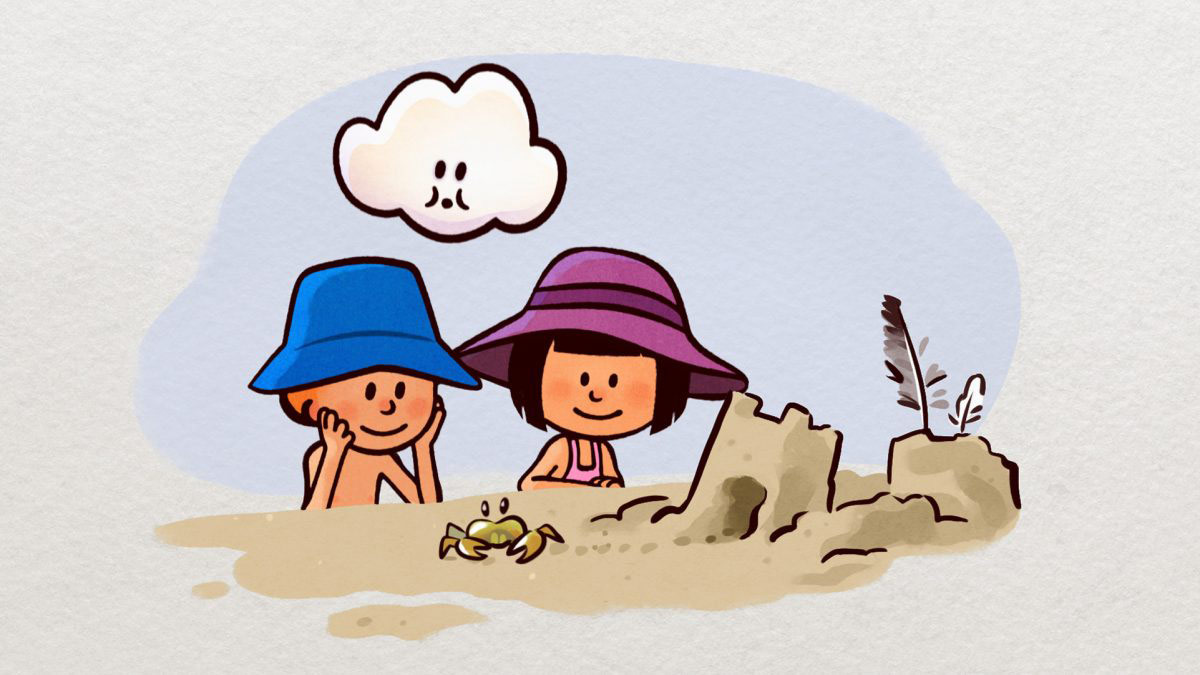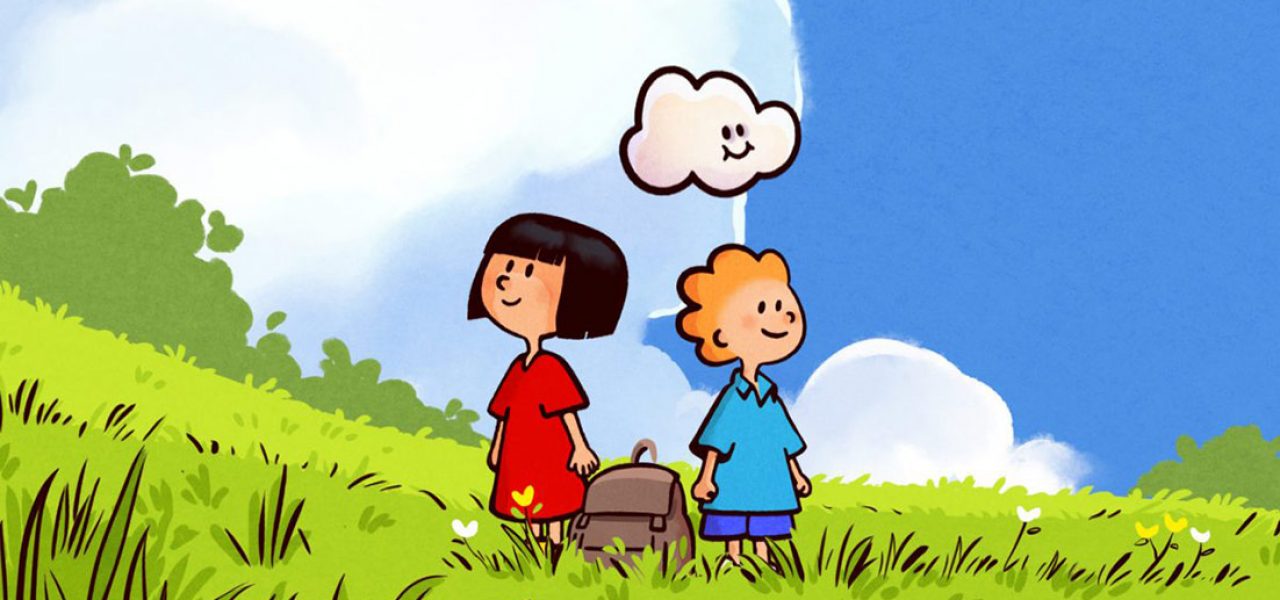
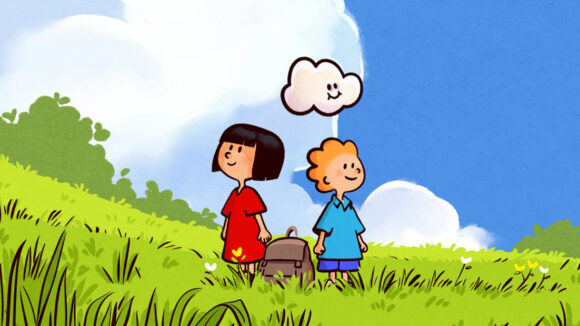
The 15-Year-Journey Of ‘Ella, Oscar & Hoo’ From Children’s Book To TV Series
One of the first personal works of Michael Dudok de Wit was Tom Sweep (1992), a pilot for a series about a garbage collector who desperately tries to do his job. But it never came to life. Too expensive to produce.
Twenty-five years years later, The Red Turtle director has his name in the credits of a tv show. Ella, Oscar & Hoo is not directed by him, but inspired by his drawings for a series of books written by Théo de Marcousin (the pseudonym of Christophe Erbes, a renowned independent consultant for children’s media and animation).
The endearing show, produced by France’s Normaal Animation, tells the story of friendship between Oscar, a mischievous boy; his neighbour Ella, a cunning girl; and Hoo, a small cloud endowed with reason. Hoo does not speak, but expresses his views and moods by changing its form and making lovely flute sounds. The show doesn’t aim to dazzle, but it strikes an unusual poetic chord across its 52 11-minute episodes about the daily life of small children: games and dreams, laughs and quarrels.
The kids love it and the ratings are very good in Canada (on British Columbia’s Knowledge), in France (on Piwi+, which is the Canal+ channel for preschool), in Finland on public broadcaster YLE, and in Sweden on SVT.
The series, currently in development on a second season, is also racking up awards across the world, including best storytelling in animation at the Shanghai TV Festival and the jury prize at Korea’s Bucheon International Animation Festival. It has also been nominated three times (best direction, storyboard, and character animation) at the European Animation Awards, which take place tomorrow in Lille, France.
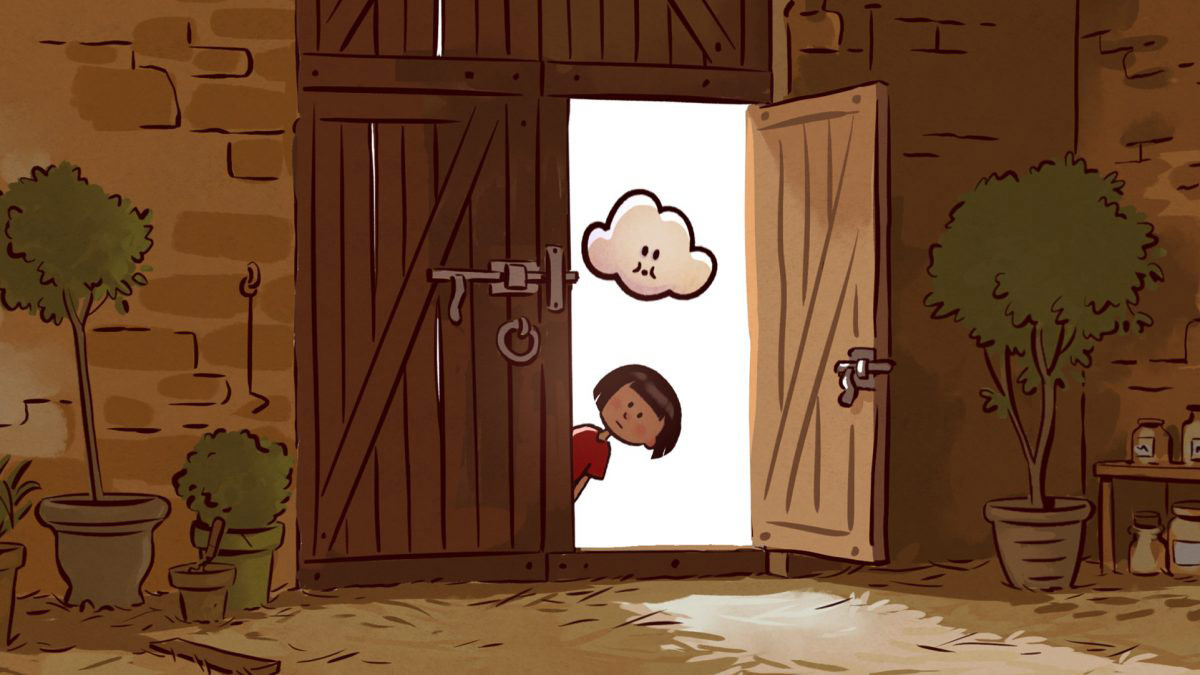
The creation of Ella, Oscar and Hoo was a very long process, as a lot of European tv productions tend to be. It all began almost twenty years ago. Erbes, who was then head of children’s programming at Premiere, a German branch of Canal+, had written a book for kids using the nom de plume Théo de Marcousin. “I had seen and loved [Dudok de Wit’s] The Monk And The Fish and wanted to ask him to illustrate it. I met him during a party in London and talked to him about it. He was not very enthusiastic about it, but before leaving, he said with a bit of irony: ‘If it’s better than The Little Prince, then let’s give it a shot!’”
Erbes sent the text to Dudok de Wit’s wife, who read to it to their children. They liked it.
“I was attracted by the presence of the desert, the idea of exploring its atmosphere,” Dudok de Wit tells Cartoon Brew. When they met again, Dudok de Wit showed to the author a black-and-white drawing he’d made of Oscar flying down a sand dune. They ended up collaborating on the books, published by HarperCollins Children’s Books in Britain — Oscar And Hoo (2002) and Oscar And Hoo Forever (2004) — which sold 200,000 copies. (Oddly enough, there was no American edition. “A lot of publishers argued it was too poetic to have success [in the U.S.],” says Erbes.)
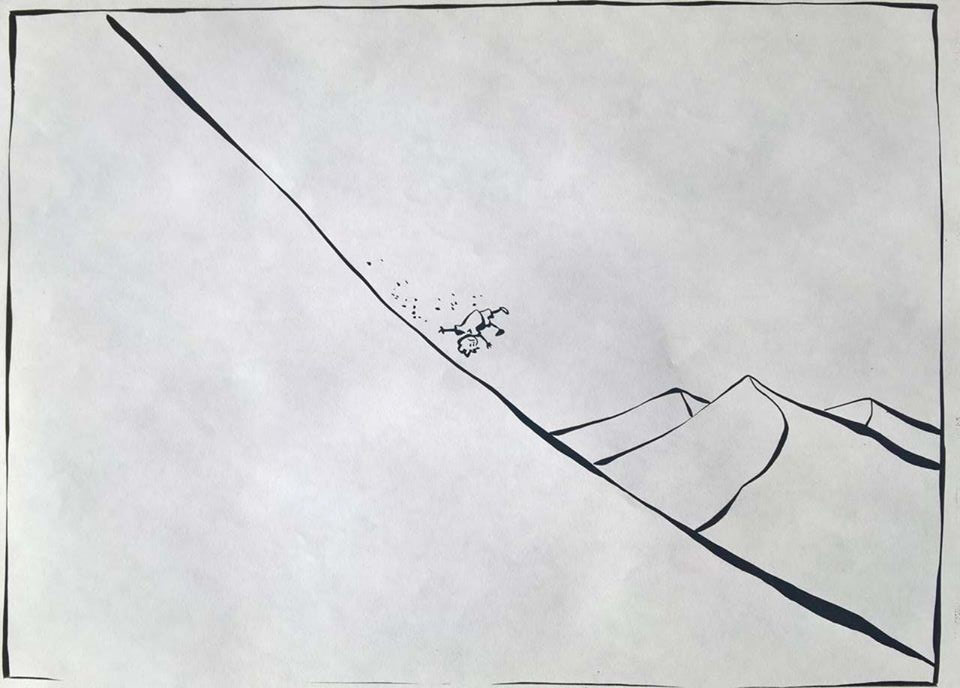
Soon afterwards, Didier Brunner, French producer of Academy Award nominees like Ernest & Celestine, The Triplets of Belleville, and The Secret of Kells, bought the rights to the books and wanted Dudok de Wit to direct a feature adapted from them.
But Dudok de Wit, an Oscar-winner for Father and Daughter (2000), wanted to make his own feature film project. Brunner then suggested to turn it into a series. “But it was clear for me that I did not want to direct a series,” says Dudok de Wit, who accepted to be a consultant on the project.
In 2006, eOne replaced Brunner and launched development on the project. A short animated teaser was made in Angoulême, France, and screened at Cartoon Forum in 2011. But it was a false start. “It was not the right design,” says Dudok de Wit. Erbes and Dudok de Wit continued to develop the project and found the idea of a third character, Ella.
Erbes, who had taken back the rights to the property, talked about his project with Alexis Lavillat, founder of Normaal, with whom he was working on a Peanuts adaptation, which resulted in 500 one-minute shorts.
“Lavillat thought Oscar and Hoo were characters similar to those of Charles Shulz,” says Erbes. Adds Dudok de Wit, “When they showed me their Peanuts series, I was convinced they would be as faithful to my design as they were to Schulz’s.”
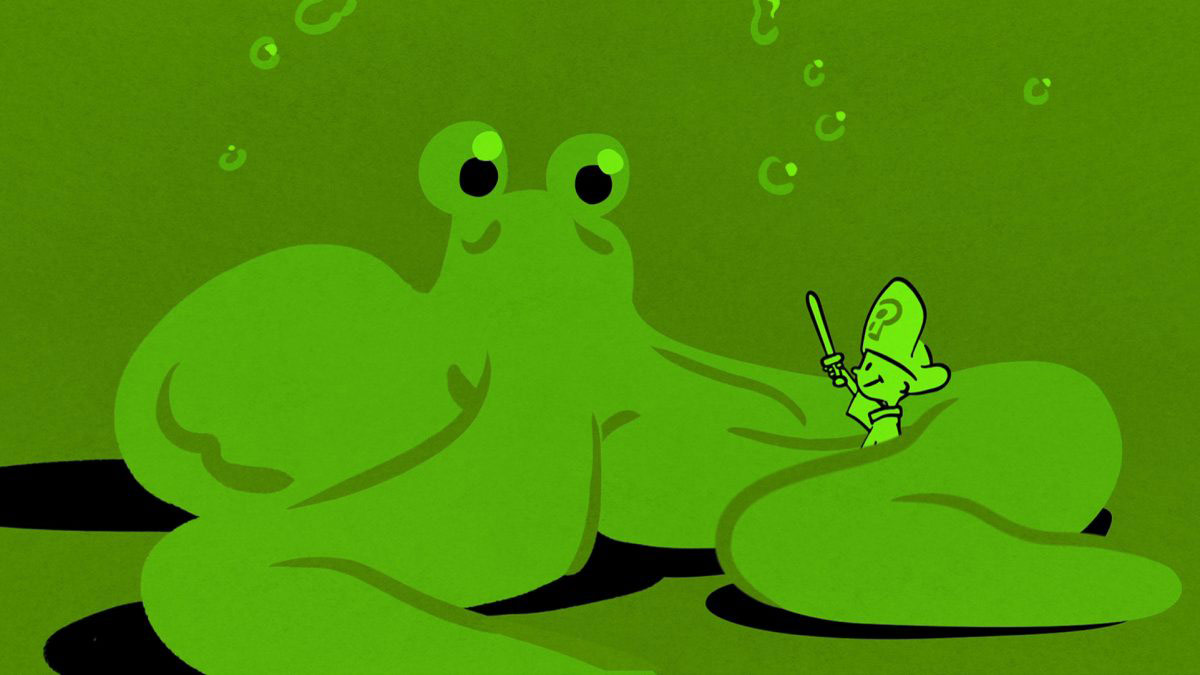
At last the project was on the right track. The budget — 6 million euros ($6.8 million USD) — was financed by Canal+, Pôle Image Magelis (Angoulême’s economic development center), Creative Europe MEDIA (the European Union fund for creative content), and pre-purchases by SVT and YLE channels.
The main challenge was then to adapt Dudok de Wit’s style for a very young audience. Emmanuel Linderer, director of the series, asked David Coquard-Dassault to be art director on the project. (Linderer had previously been the animation director on Coquard-Dassault’s award-winning 2015 short Peripheria.)
Says Linderer, “We made new designs and settings in order to adapt it for a young audience. We wanted to extend the color palette, because the book’s illustrations consisted of shades of ochre.”
Dudok de Wit was satisfied with the new look they showed him. “I admire Coquard-Dassault’s Peripheria and was happy he was on board,” he says. “They succeeded to be faithful to the contour line I had drawn in the books.”
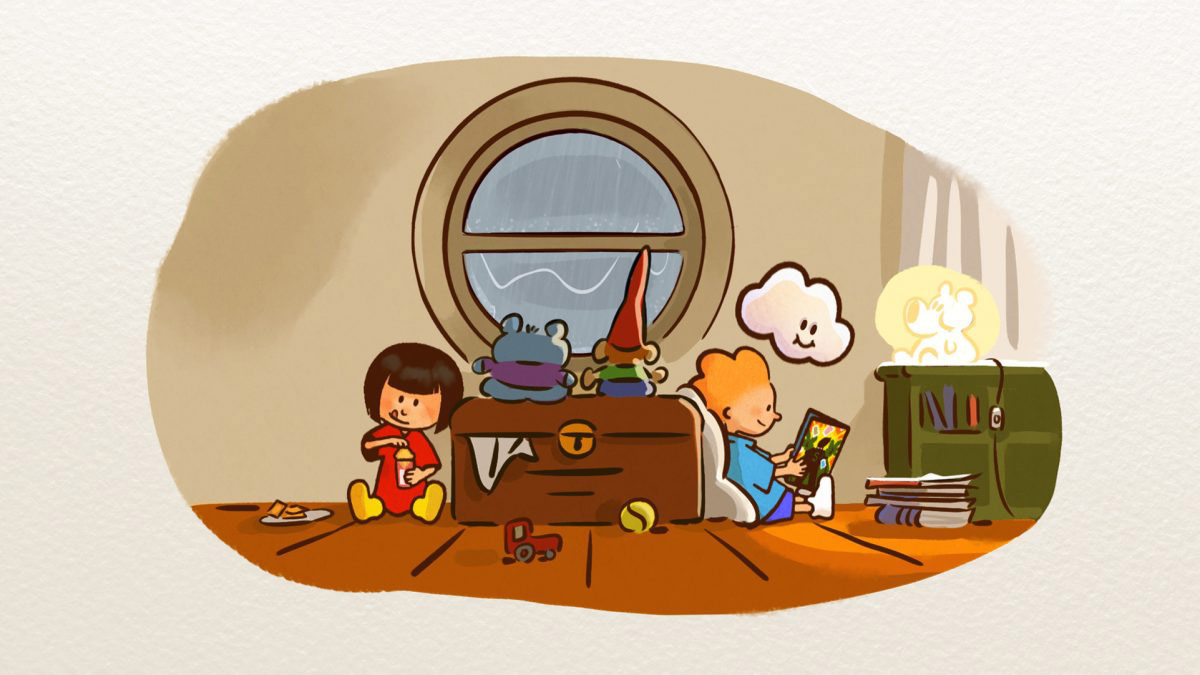
“In order to be close to the original drawings, we chose to enlarge the field size with wide shots,” adds Linderer. “As the series deals with children learning about their world, we wanted to give space to the characters and see the environment through their eyes. The famous French illustrator Jean-Jacques Sempé was once asked why he drew such small characters. ‘They are not small; it’s the world that is huge!'”
Ella, Oscar & Hoo is a mix of 3d animation for the characters and 2d for the settings. “It was the first time Normaal studio used 3d, so we had to change the pipeline and adopt the free software Blender,” says Linderer. “I had already worked with it on Peripheria. It is not commonly used so you have to manage things on your own whenever there is a problem. But it allowed us to be freer in our choices of camera movements, like high bird’s eye views on the characters in the garden.”
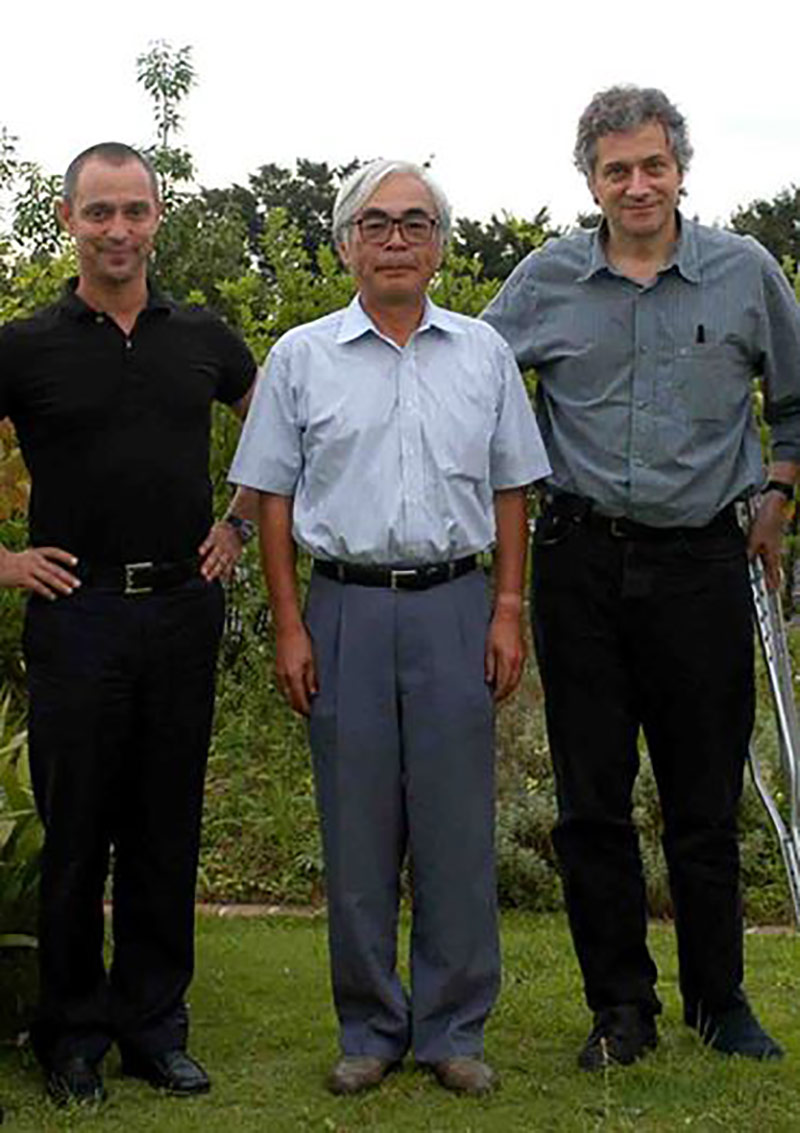
In order to write the scripts, Normaal hired a pool of seven writers. For the writing crew, Erbes recounted an anecdote from a meeting he and Dudok de Wit had with Hayao Miyazaki in Japan, when they went there to promote the publication of Oscar & Hoo in Japan: “Miyazaki said each of his movies had been made for one person he knows: his wife, his daughter, his mother. Michael replied that he did almost the same thing: each of his films had been made for an emotion, like longing in Father and Daughter. Each Ella, Oscar & Hoo episode is also based on a feeling, because I believe that childhood is the lost paradise for emotions.”
Like in Peanuts, the adults are not far, but one doesn’t see them, because we are at the heart of childhood. “The end of each episode is like an animated haiku that develops the theme of the episode. We wanted to make way for the imagination and dreams,” says Erbes.
